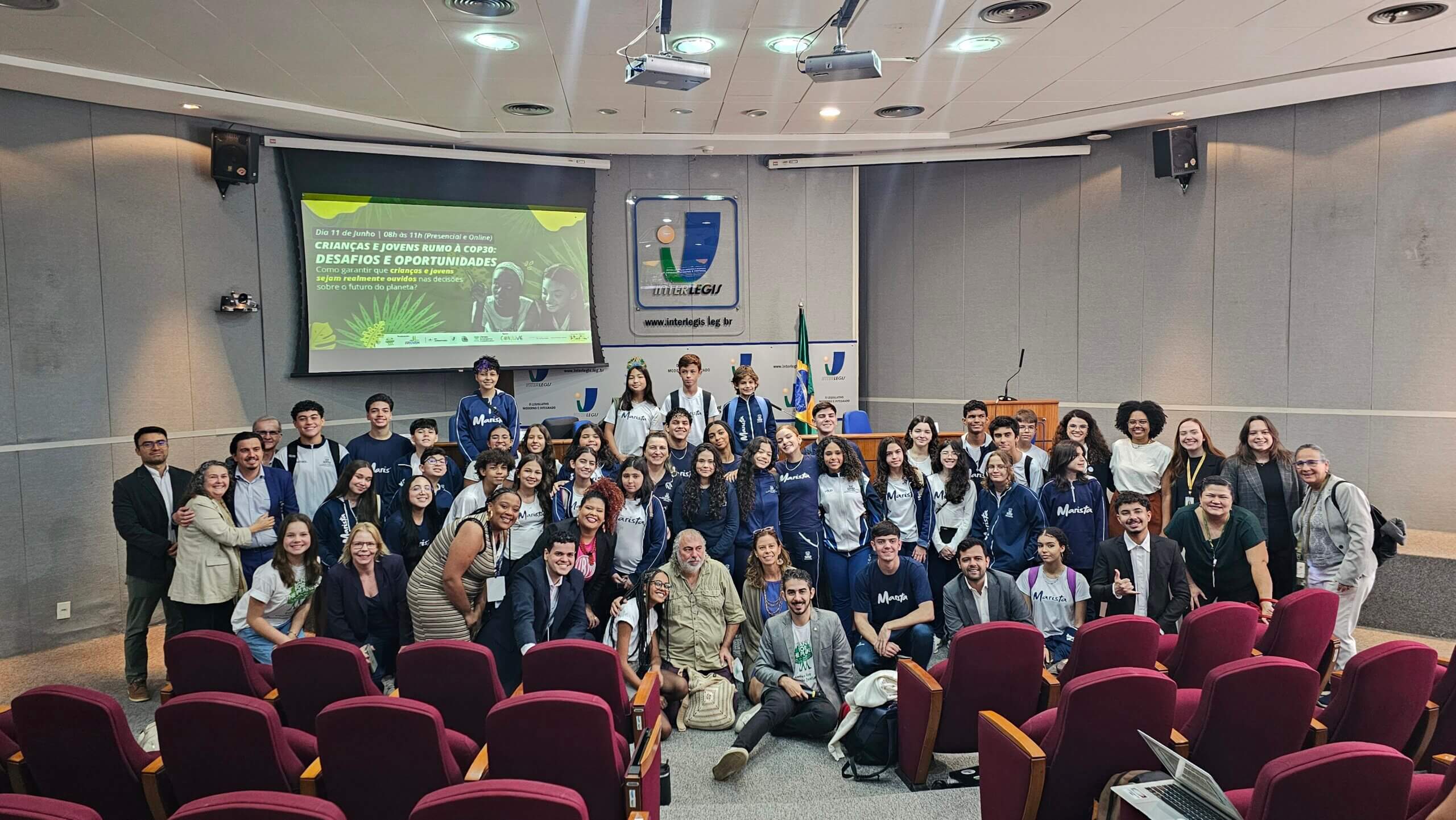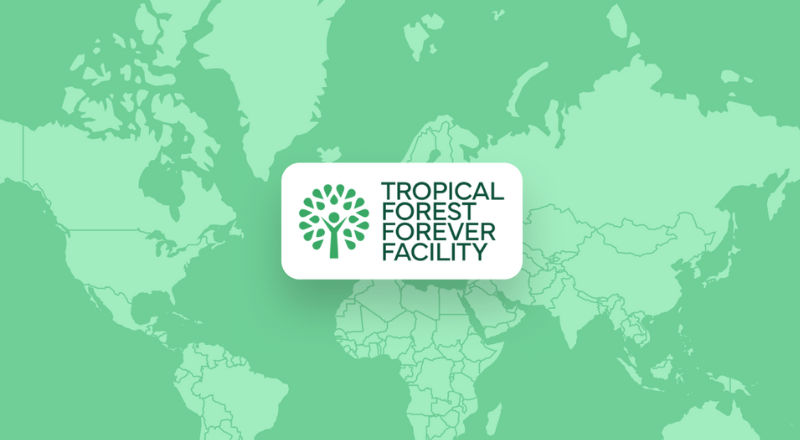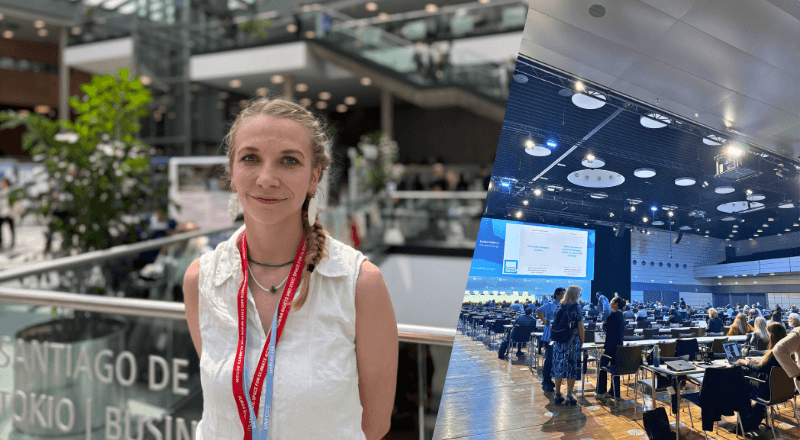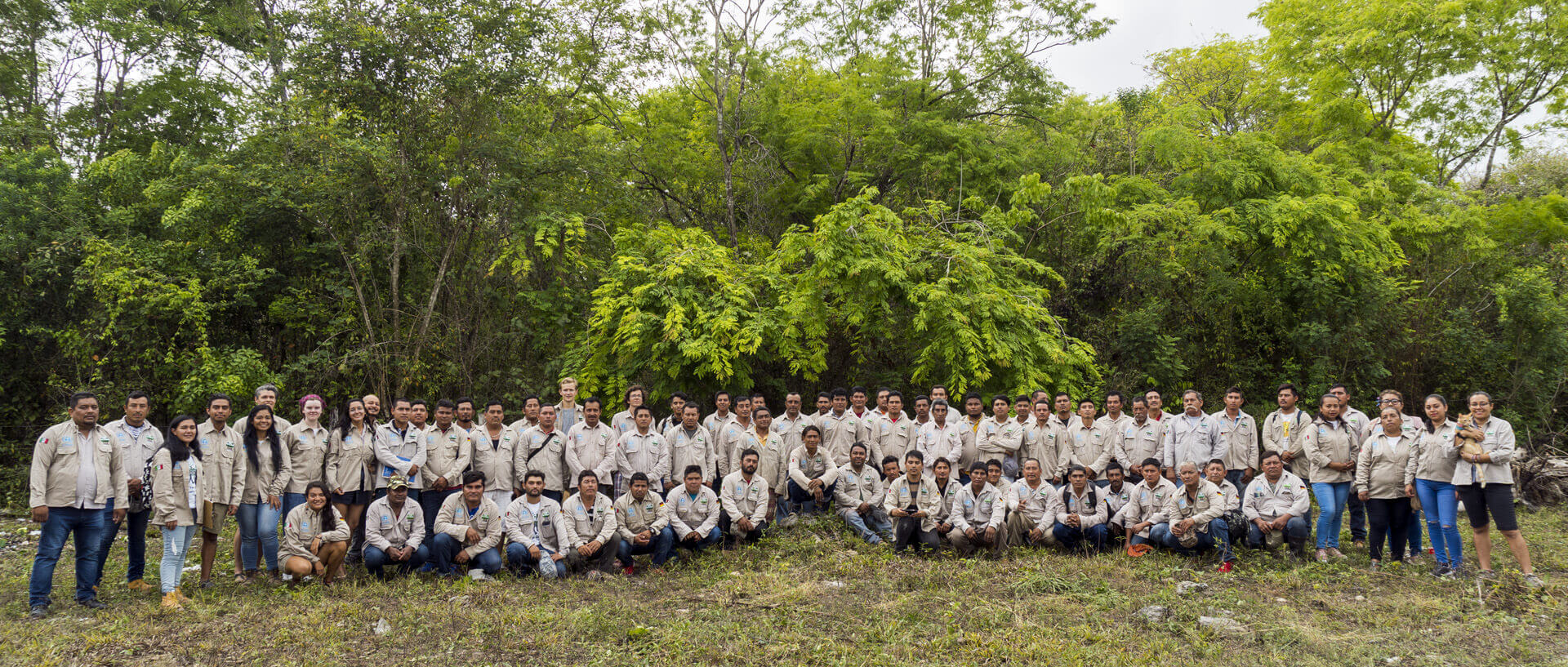
While Europe and other parts of the world face the very dry midsummer time, on the Yucatán Peninsula in Mexico the rainy season and thus the planting season 2022 is already running. From the beginning of June until around mid-December, our restoration team of about 120 people is working hard to reach our goal for this year’s planting season: 3 million new trees that can be planted thanks to the support of our donors and partners.
You can check our daily tree count on our website to see how close we are to our annual goal.
Since we want to continuously expand and improve our restoration work, there are some innovations for the 2022 planting season:
New tree nursery
Thanks to our first own experimental nursery on our campus in Constitución, Mexico, we are now able to grow 200,000 additional tree seedlings per year. Some of them are very rare species and we are even able to scientifically study their germination and growth behavior. As in the past, we will receive the remaining seedlings from our two long-standing partner nurseries in Mexico.
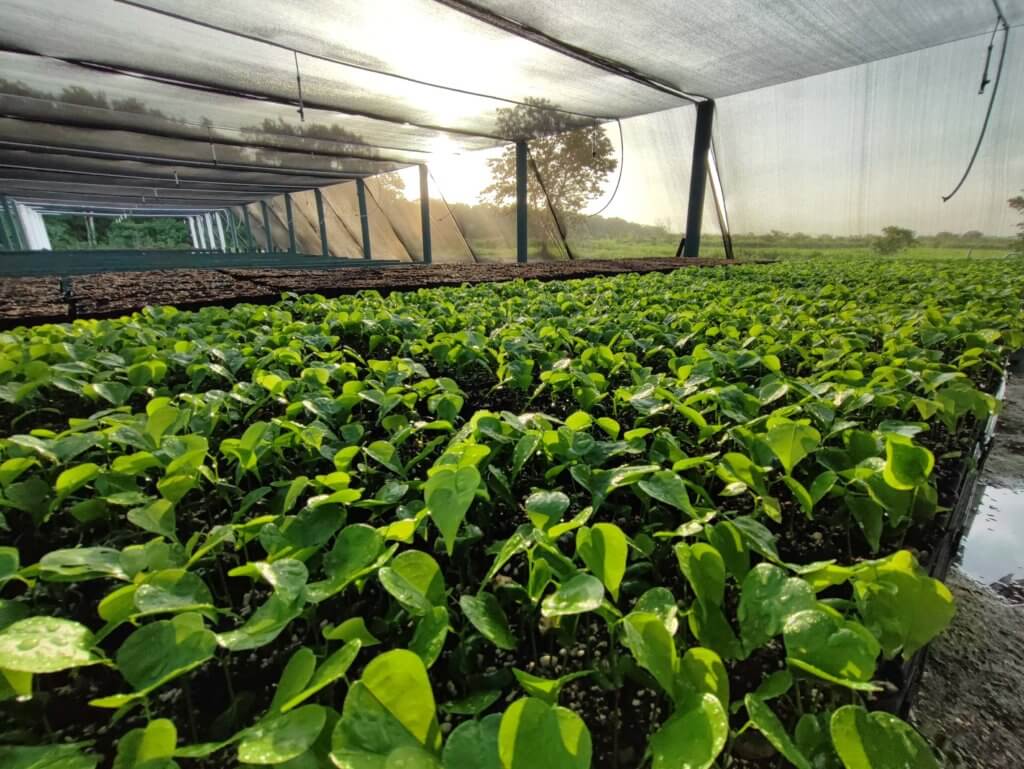
15 new tree species
Our work on the Yucatán Peninsula is not just about planting trees to combat the climate crisis, we want to restore destroyed ecosystems to the best possible extent, thereby bringing back native biodiversity and protecting them in the long term. That’s why we increased the number of native tree species being planted from 21 to 36 different species by now. You can find more information about the tree species on our website as well.
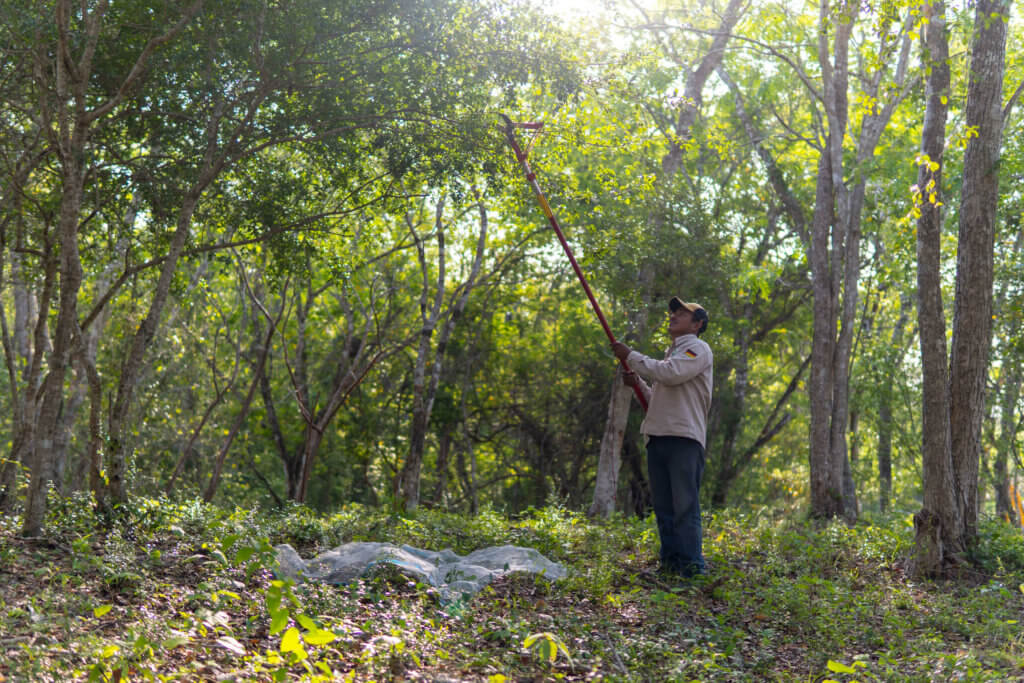
4 new colleagues
Our restoration team is also growing steadily: This year, Oscar (Botanical Coordinator), Aleida (Senior Restoration Ecologist), Antony (GIS Technician) and Carlos (Restoration Coordinator) are strengthening our team with scientific expertise and experience. Among other things, they are responsible for planning and supervising the work on the restoration sites as well as monitoring it via our TreeMapper app and coordinating activities to involve the local community. Here you can find an overview of our team in Mexico as well as the board members.

New scientific study
What are the underlying processes that generate tree diversity in tropical forests that have been impacted by human land use? Anna Gee, a Ph.D. student from Imperial College London, aims to answer that question via large-scale surveys of the seed, seedling, and sapling communities in one of our restoration sites. Looking at these early stages in the life cycle of the trees can help to build up a picture of what naturally regenerating forests at this site might look like in the future.
Apart from this study, we have many other scientific research projects running on our campus in Mexico, for example on the optimization of planting density, on nitrogen-fixing species or on forest soil microbiome restoration. You can find a detailed overview of all ongoing studies on our website.
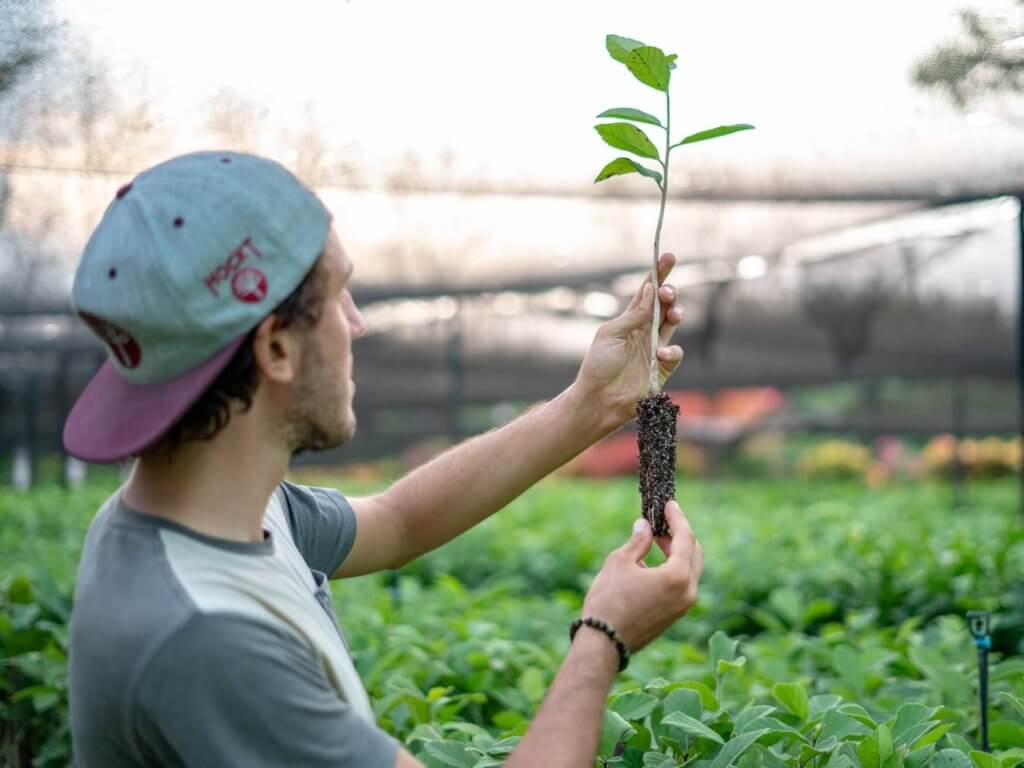
In order to further develop and advance our restoration and research work in Mexico, we as a foundation depend on your great support! Help us with your donation to bring back and protect these unique forest ecosystems and thus buy us humans valuable time to stop burning fossil fuels and to reduce global CO2 emissions in the long term.
This is very easily by simply making a donation on our Plant-for-the-Planet platform.
Thank you!
By the way, if you were wondering what a typical planting day at Plant-for-the-Planet in Mexico looks like, check out this video with our colleague Tonio! 😉

